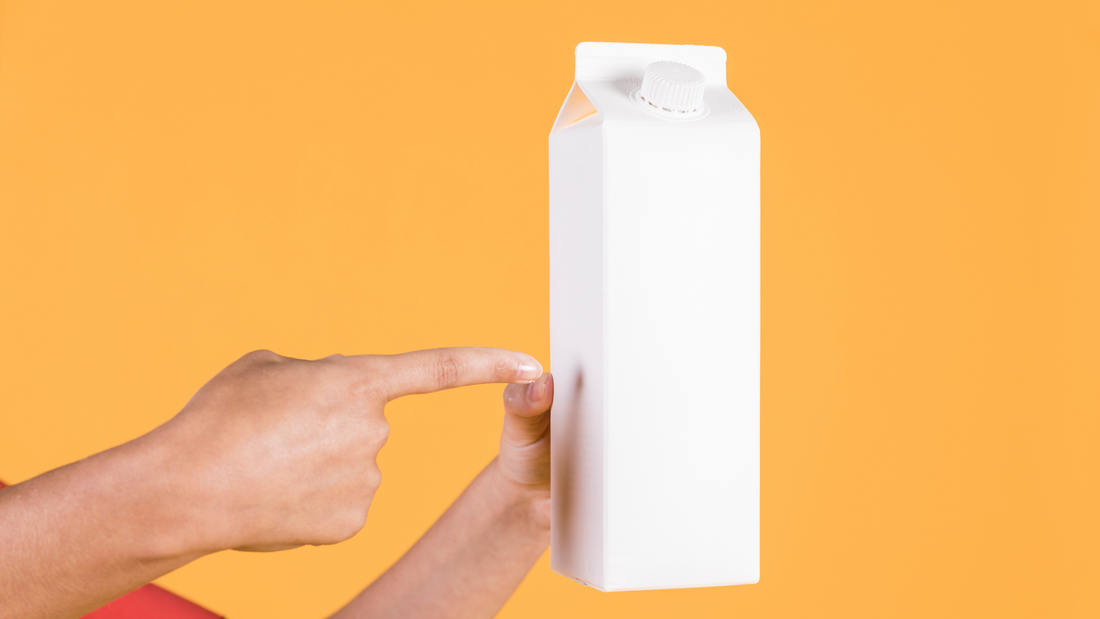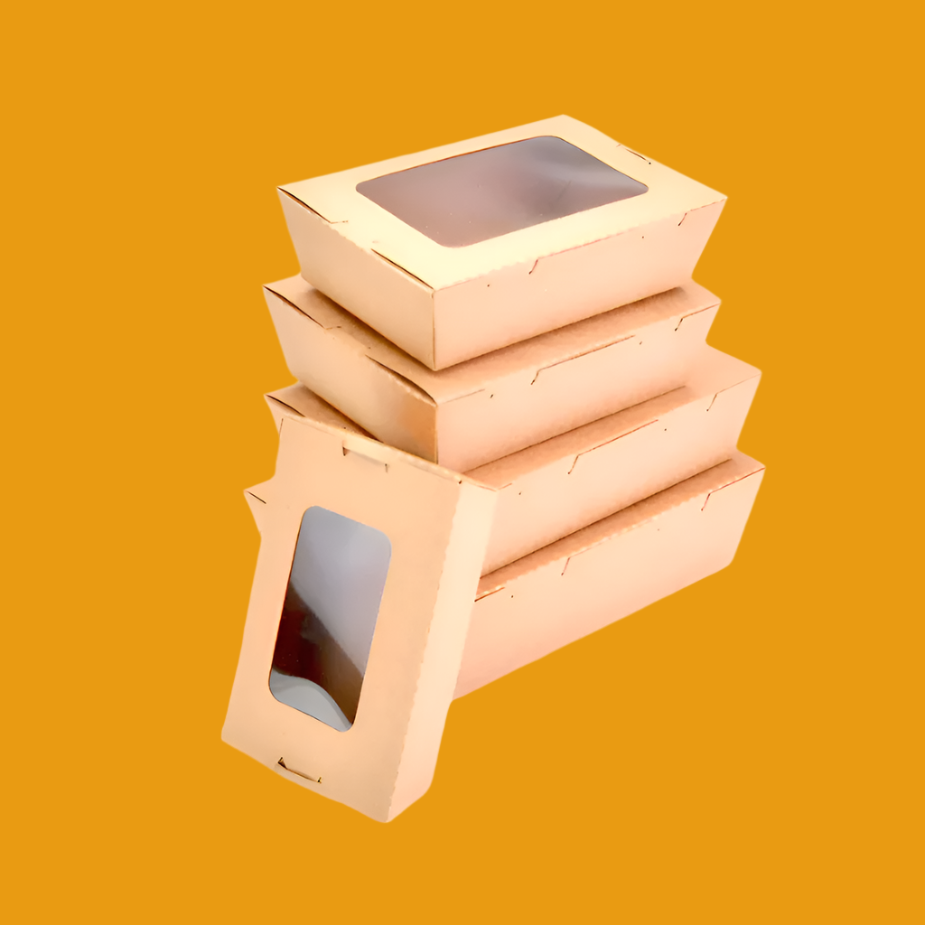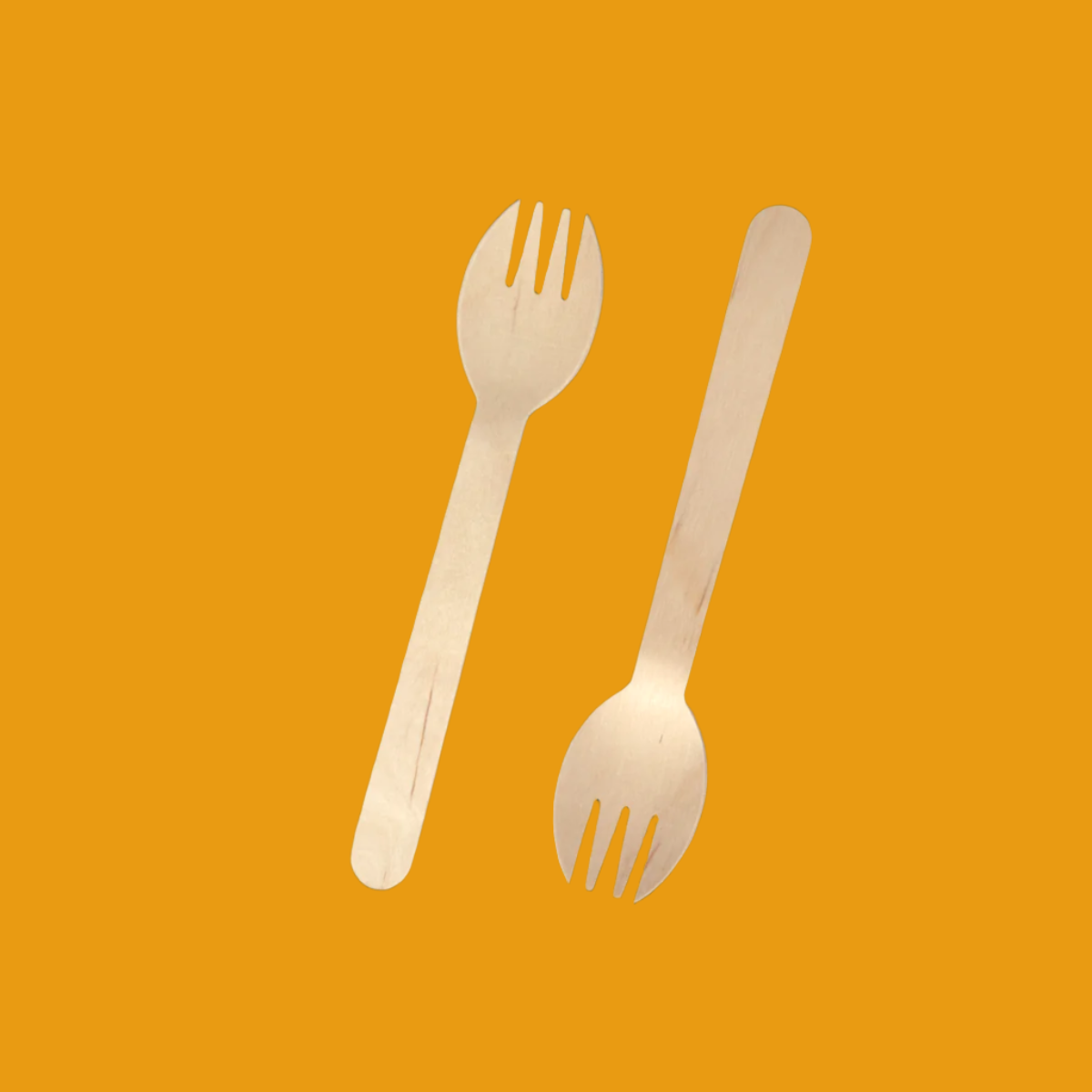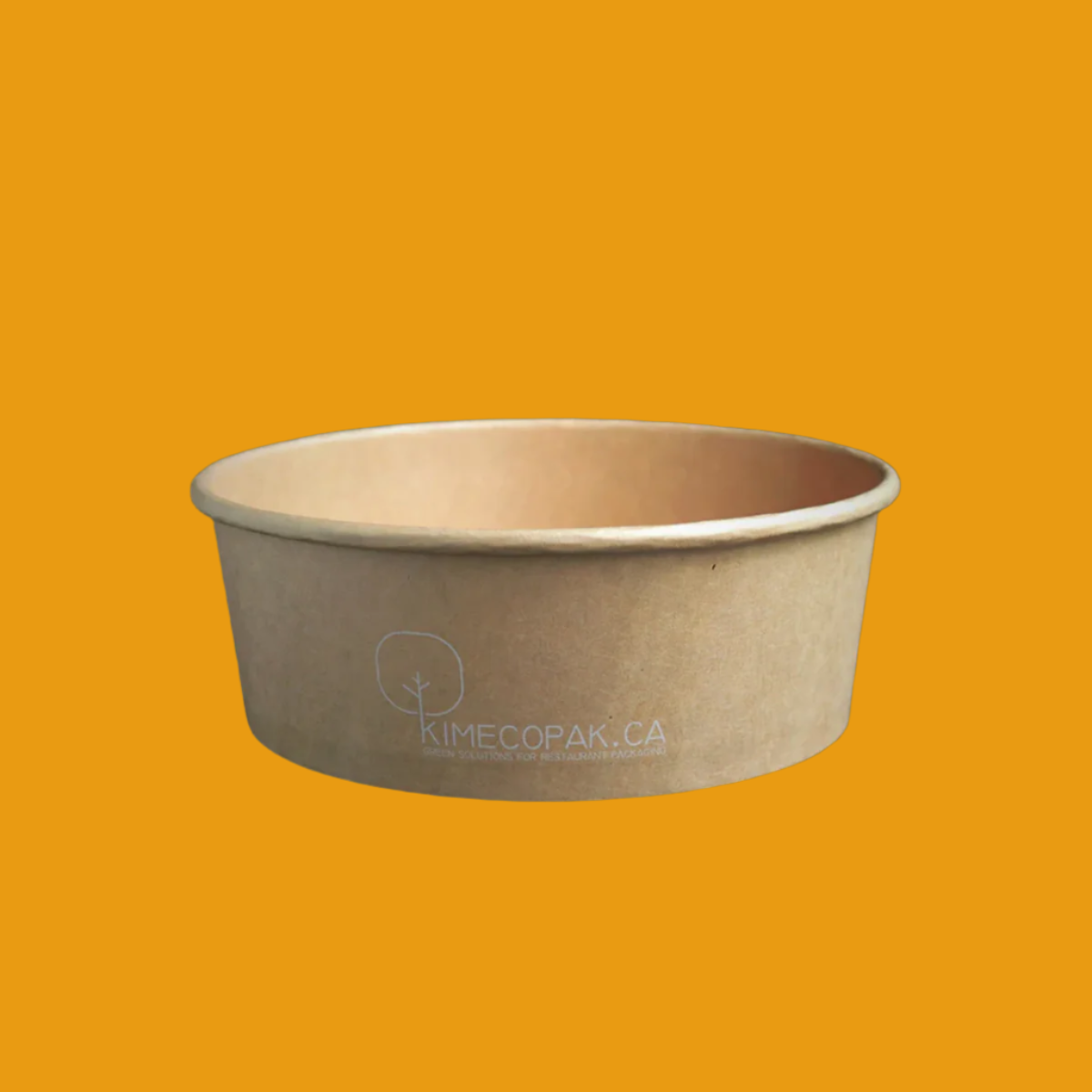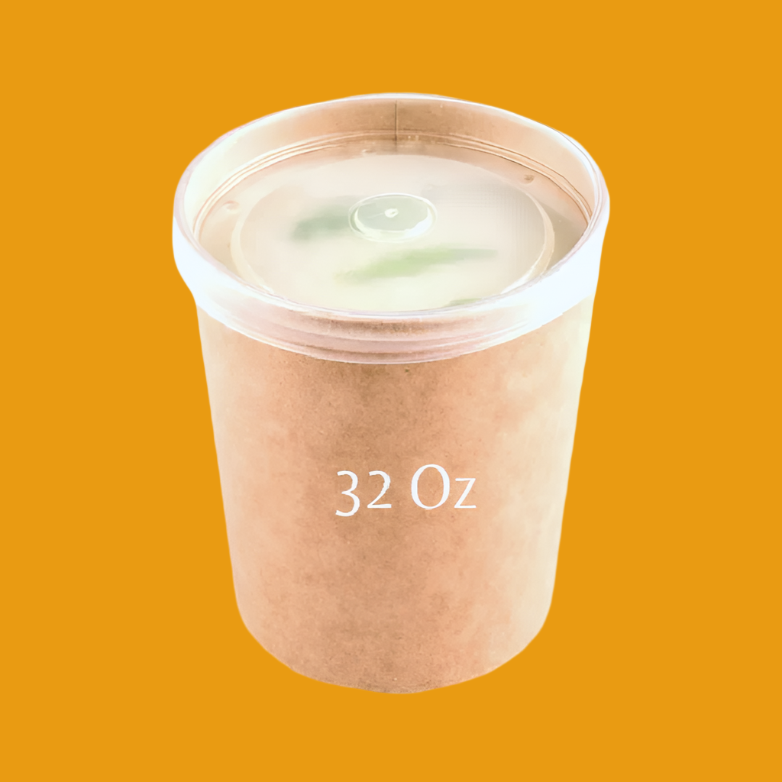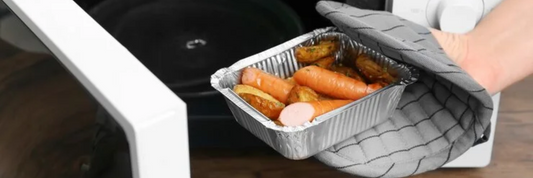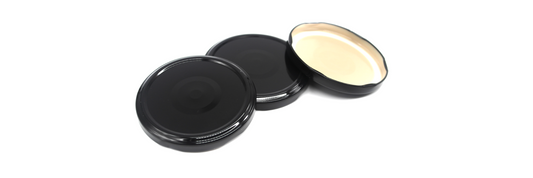Milk cartons come in a variety of sizes and colors and can be purchased at every store or supermarket all over the world. But, is this product recyclable? How is the recycling process? Find out more below.
Types of milk cartons
Milk cartons are containers made mainly of paper and plastic that are used to hold animal or plant milk.
There are now two types of milk cartons: Gable Top Cartons (GTCs) and Aseptic Cartons (ACs). CTCs, also called refrigerator cartons, are typical milk cartons that are normally kept in frigid areas in shops, such as refrigerators. Aseptic containers for milk are also known as "shelf-stable" milk cartons. Aseptic boxes do not require refrigeration.
The table below compares two types of milk cartons, gable top and aseptic:
|
Type |
Gable top |
Aseptic |
|
Suitable products |
Milk, juice, cream, egg substitutes, soy and grain milk |
Juice, milk, soy and grain milk, soup, broth and wine |
|
Materials |
80% paper 20% plastic |
74% paper 22% plastic 4% aluminum |
Environmental Pros and Cons of milk carton
When compared to other types of food packaging such as cans or glass, milk cartons have the following distinct advantages and disadvantages.
Pros
- The most significant benefit of milk cartons is their light weight. If bottled and packaged goods represent approximately 13% of total product weight, milk cartons contribute approximately 6%. Lightweight additionally helps in transportation optimization. Along with a higher product quantity, the milk carto requires fewer cars to transport. This reduces transportation expenses as well as the environmental impact of using less fossil fuel.
- Aseptic containers do not require refrigeration, you can store food without using electricity at home or help your shop in saving energy and lowering running costs.
Cons
- Milk cartons, unlike glass jars, cannot be reused.
- Because milk cartons are made of both paperboard and plastic or aluminum, milk cartons after use may not be properly classified, resulting in a considerable amount of waste in the environment.
- Milk cartons are less able to keep the freshness and flavor of milk than glass.
Recycle milk cartons
Can milk cartons be recycled?
In fact, both gable top and aseptic milk cartons are recyclable. According to Carton Council Canada, the national average access to beverage carton recycling (juice and milk cartons) is currently 97%.
Recycling carton milk has several advantages, including:
- Reducing landfill trash: Because milk cartons are designed for single use, they can contribute to landfill waste if not sorted and recycled. Recycling milk cartons helps to save space and reduces the negative environmental impact.
- Conservation of natural resources: Many diverse things can be made from milk cartons. At the same time, making items from recycled materials, as well as other natural materials uses less energy. Recycling helps to conserve natural resources, save energy, and reduce greenhouse gas emissions.
- Promoting sustainability: Sorting and recycling milk cartons, like recycling other items, promotes sustainability and environmental responsibility.

What happens to milk cartons after recycling them?
Following recycling, cartons can be utilized in two ways:
- First way: Collect all milk cartons and place them in a Hydrapulper machine, which is a large blender that separates paper, plastic, and aluminum. After being separated, the waste paper will be utilized to manufacture toilet paper, tissue, and newspaper. Plastic and aluminum can be used to manufacture ceiling tiles, wallboards, and other items.
- Second way: Recycle the carton to create construction supplies. Milk cartons are collected, crushed, and pressed into building boards.
How to recycle milk cartons
Should milk cartons be recycled as paper or plastic?
Sorting and recycling milk cartons might be confusing for consumers. Because milk cartons include plastic, they cannot be categorized as paper. Milk cartons are accepted in the curbside recycling program, along with plastic and metal containers, in the blue bin.
Note when recycling milk cartons:
When recycling milk cartons, keep the following steps in mind:
- Empty the milk carton: Make sure the milk carton is empty of milk and liquid within.
- Avoid flattening the milk container. Keeping its uniform form allows for easy sorting and saves time when recycling.
- For milk cartons with straws, place the straws inside.
- Before recycling a milk carton with a cap, screw it back on.
- Do not mix with regular paper products because milk cartons include plastic and metal.
Ways to reuse milk cartons
Although designed for single use, milk cartons can be reused in several ways. Here are some popular approaches.
- Planters: You can use them as a planter because they are waterproof, lightweight, and easy to handle with scissors. You can also use non-toxic paint to add color to the outside or to decorate for an event.
- Storage containers: By simply washing and drying milk cartons, you can entirely transform them into containers for dry goods such as grains, sunflower seeds, sugar, and so on.
- Craft projects: Milk cartons may be simply cut and modified to make appealing tiny decorations for special occasions such as Christmas or Thanksgiving. Businesses can also leverage this concept to create minigames, events for clients, and so on.
Finally, two types of milk cartons, gable top cartons and aseptic cartons, are recyclable. This product's proper sorting and recycling provide numerous benefits to the community and society.

